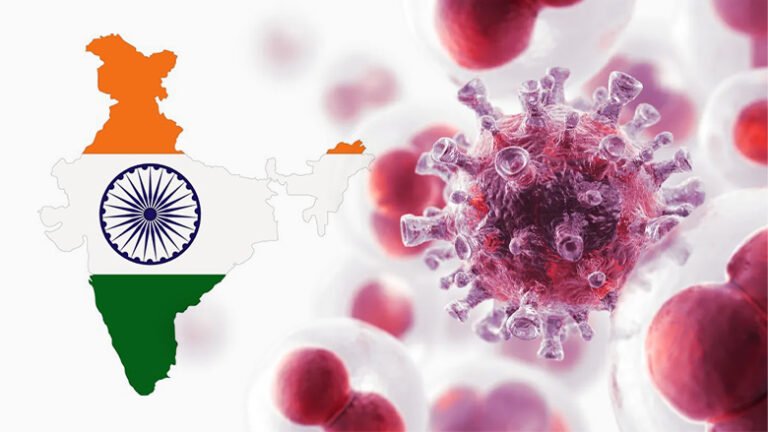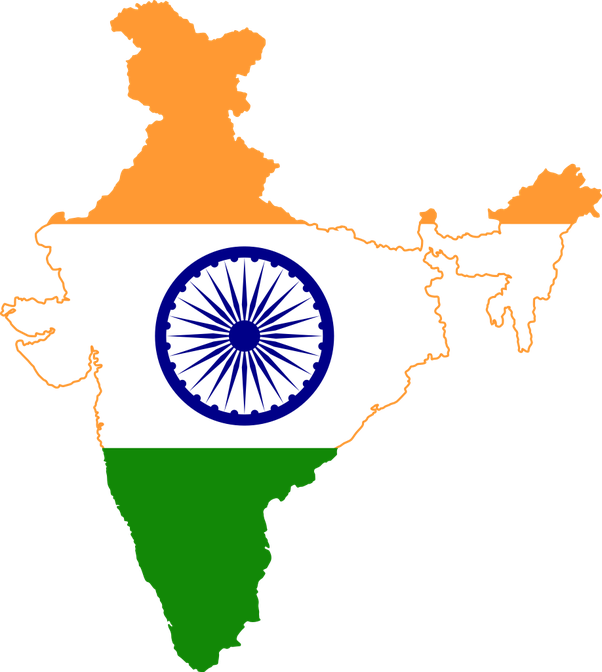Overview
In 2020, India recorded close to 14 lakh cancer cases. By 2025, that number is expected to reach 15.7 lakh, according to Apollo Hospitals’ Health of the Nation 2024 report. At face value, this is a startling statistic. But more importantly, it signals a seismic shift in the nation’s healthcare burden—from infectious diseases to non-communicable conditions like cancer, cardiovascular diseases, and mental health disorders.

India’s Cancer Burden: A Rising Storm
The Apollo report doesn’t mince words—India is on track to become the “cancer capital” of the world. What’s especially worrying is not just the rising numbers, but the younger age of diagnosis compared to global benchmarks. The average age for breast cancer diagnosis in India is 52, while for lung cancer it is 54—almost a decade earlier than in the U.S., U.K., and China.
Gender-based differences in cancer prevalence are also stark. Among women, breast, cervical, and ovarian cancers are most common. Among men, it’s lung, mouth, and prostate cancer. The good news? 98% of women diagnosed early with breast cancer have a favorable five-year survival rate. The implication is clear: early screening and intervention saves lives.
Yet despite this, India’s screening rates remain alarmingly low, falling far below international standards. In a population of over 1.4 billion, these missed opportunities for early detection are costing lives and resources in equal measure.
This shift is not just a public health concern—it’s a strategic business challenge that forward-thinking founders and industry leaders cannot afford to ignore.
The Larger Health Ecosystem: Stress, Depression, and Diabetes
While cancer headlines the report, it’s only part of a bigger story. Mental health disorders are rising sharply—particularly among individuals aged 18 to 40. One in five people aged 18–25 suffers from depression. Chronic stress, often overlooked, is feeding into surges in hypertension and diabetes, disproportionately affecting women.
The convergence of these conditions tells us something important: India’s healthcare challenge is no longer episodic; it’s systemic. The boundaries between physical and mental health are dissolving. Prevention, once optional, is fast becoming non-negotiable.

What Business Leaders Need to Know
Why should this matter to industry veterans and founders outside the healthcare space?
Because this isn’t just a medical issue—it’s a market signal. The accelerating burden of non-communicable diseases will fundamentally reshape consumer behavior, workplace productivity, insurance economics, and public-private healthcare collaboration.
Here are three takeaways for leaders across sectors:
Healthcare will demand decentralization and digitization. With low screening rates and vast rural populations, AI-led diagnostics (like those pioneered by companies such as Ataraxis) and telehealth platforms will become critical.
Employee wellness will evolve beyond tokenism. The mental health epidemic among young professionals will force companies to rethink how they support their workforce—not just with insurance, but with meaningful mental and physical health infrastructure.
Regulatory and policy shifts are inevitable. From preventive screenings to pollution control, the public sector will increasingly nudge or mandate healthier environments—creating both compliance burdens and new business opportunities.
The Preventive Playbook: WHO’s Advice Still Holds
The World Health Organization continues to emphasize the basics when it comes to prevention:
Avoid tobacco and limit alcohol use.
Vaccinate against HPV and hepatitis B.
Minimize exposure to UV radiation and air pollution.
Ensure safe use of diagnostic radiation.
Adopt early and regular screening.
These are not just personal habits—they’re policy frameworks. They point to where capital, innovation, and policy will increasingly intersect.
So, here’s a question worth your attention:
As India grapples with a growing chronic disease burden and an underprepared healthcare system, how is your business positioning itself for a future where health—not just technology or finance—becomes the key driver of resilience and relevance?




